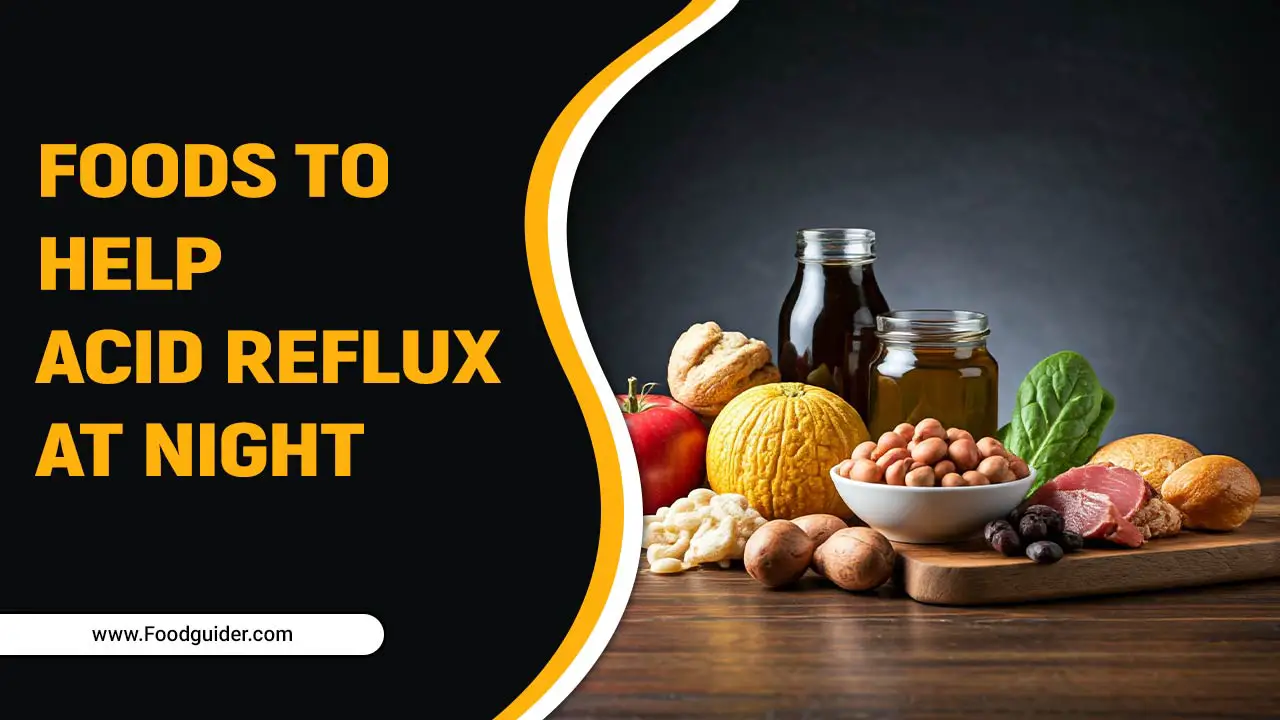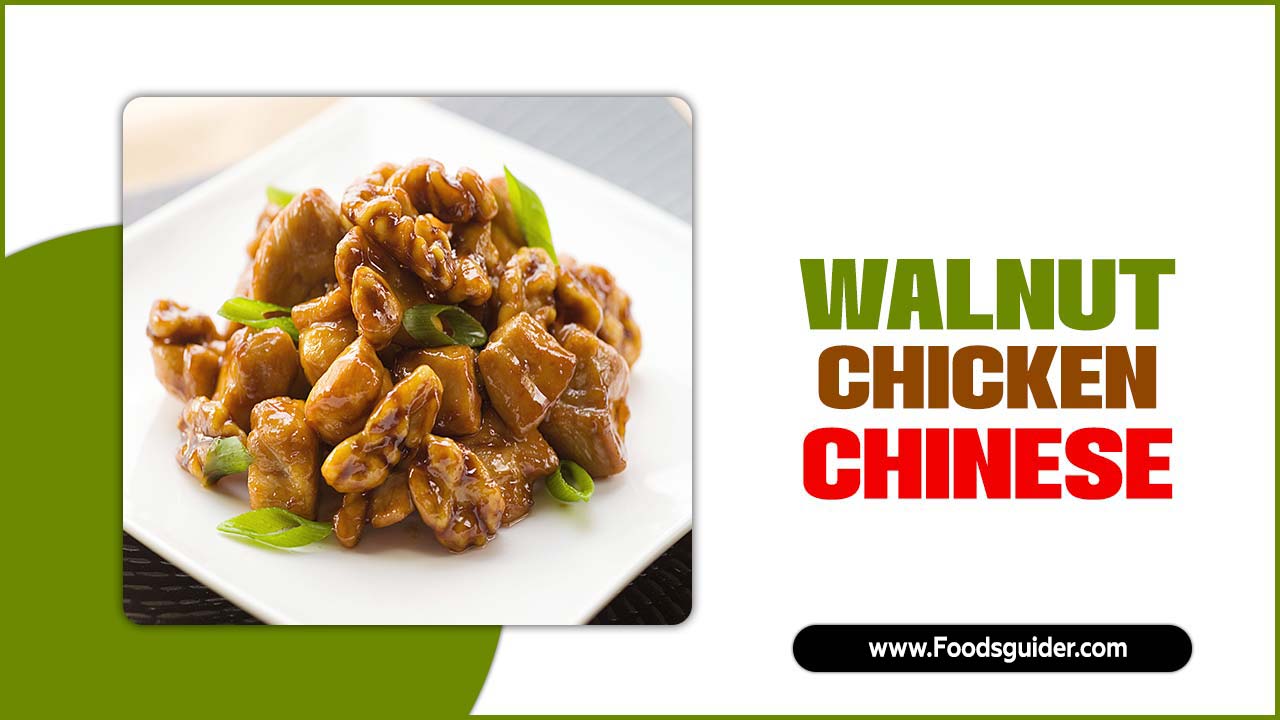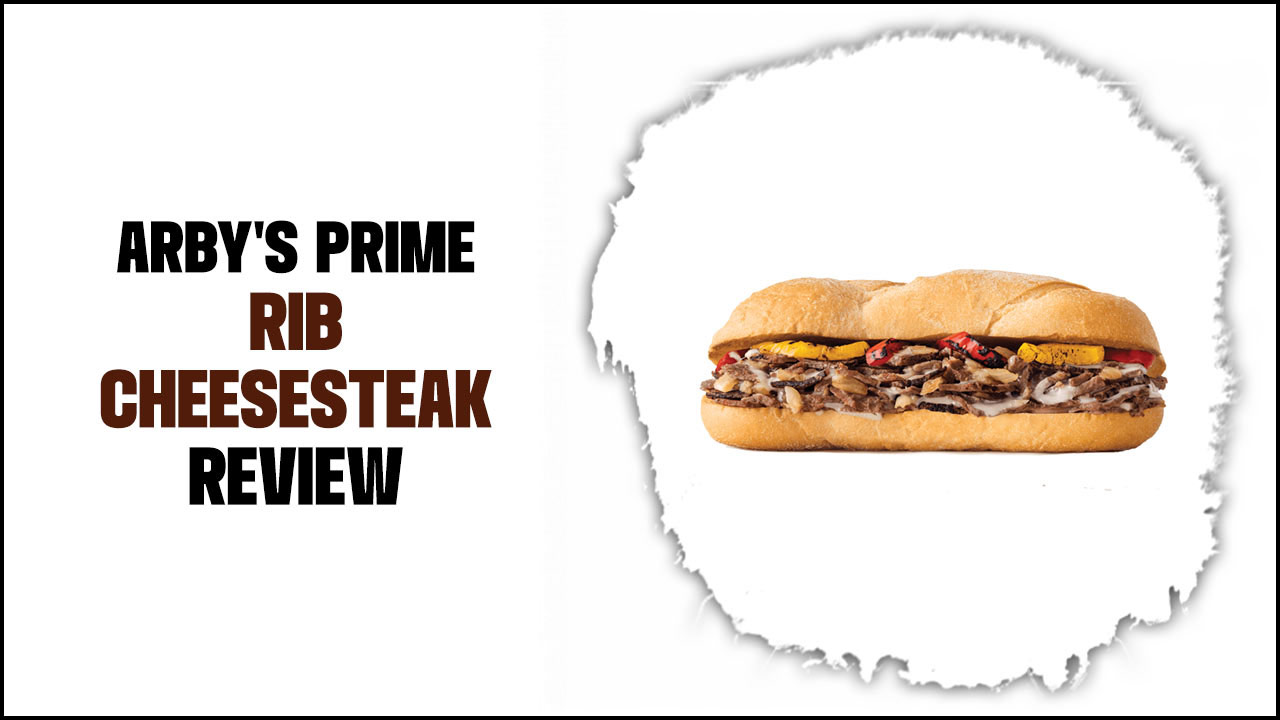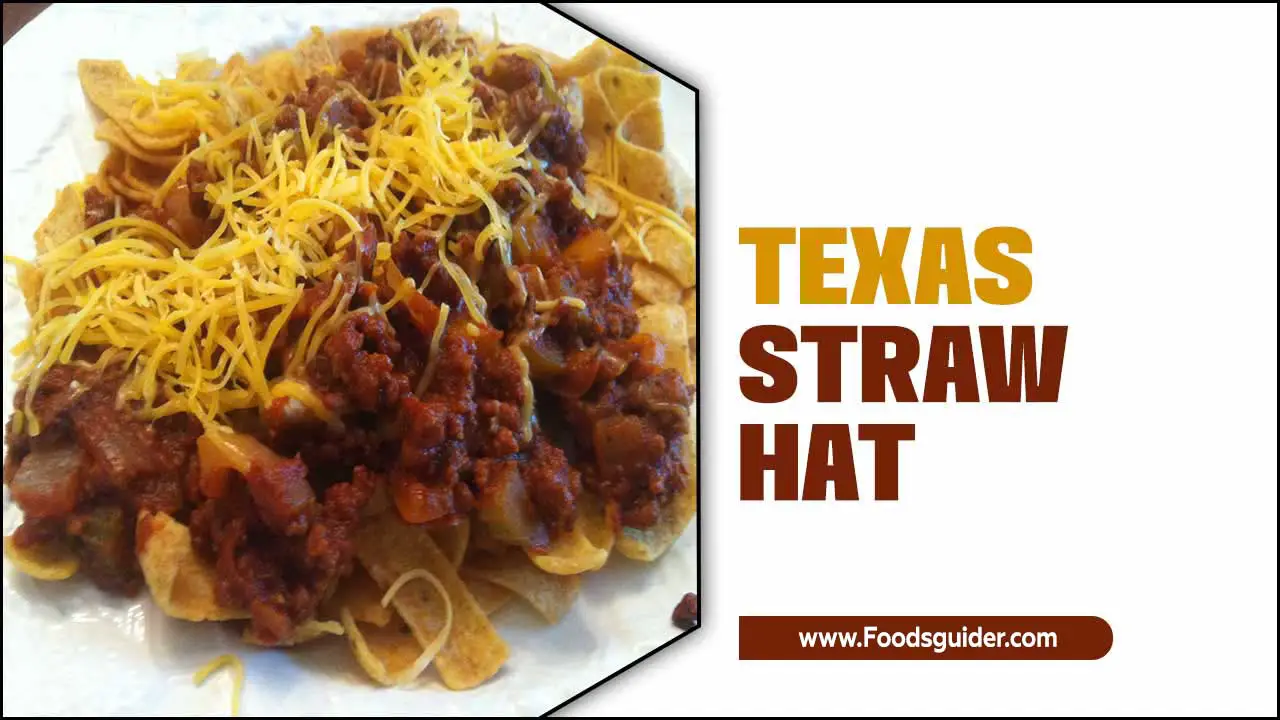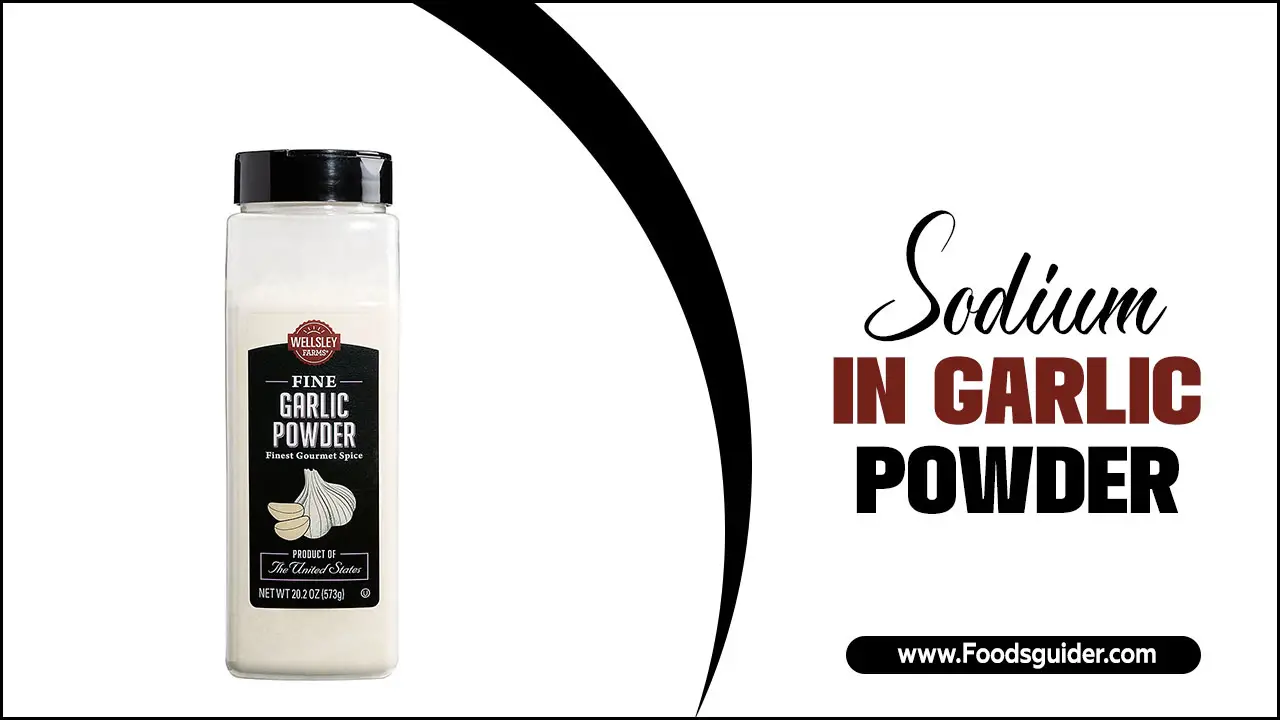Iron is an essential nutrient crucial for many body functions. It plays a vital role in carrying oxygen in red blood cells. Many people rely on red meat, like beef, as a primary source of iron.
However, several foods offer more iron than beef. This guide explores these iron-rich foods, emphasizing both heme and non-heme iron sources.
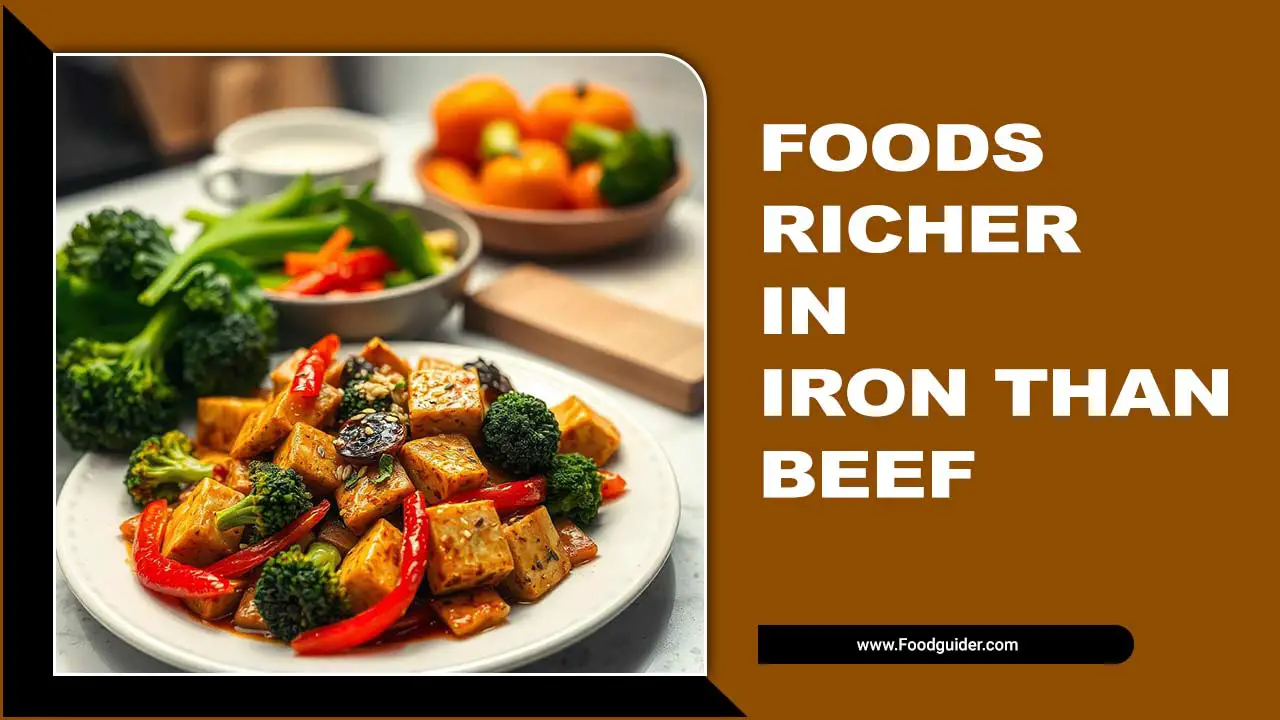
A Comprehensive List Of foods That Offer More Iron Than Beef

While beef is a popular source of iron, many other foods offer higher iron content. Include a variety of iron-rich foods in your diet for optimal health. Incorporating a variety of iron-rich foods into your diet is essential for maintaining optimal health and preventing iron deficiency anemia.
While red meat is a well-known source of heme iron, many alternatives can provide even more iron, particularly for those following plant-based diets.
- Heme Iron: Found in animal products like meat, heme iron is easily absorbed by the body.
- Non-Heme Iron: Found in plant foods, non-heme iron is less efficiently absorbed. However, it can still contribute to overall iron intake.
Organ Meats:
The liver is a top choice among organ meats. A small serving can provide significantly more iron than beef, making it an excellent option for increasing dietary iron. It’s also rich in vitamins A and B12, essential for maintaining healthy vision and producing red blood cells. Incorporating liver into your meals can help improve iron stores, especially for those at risk of iron deficiency anemia.
Legumes:
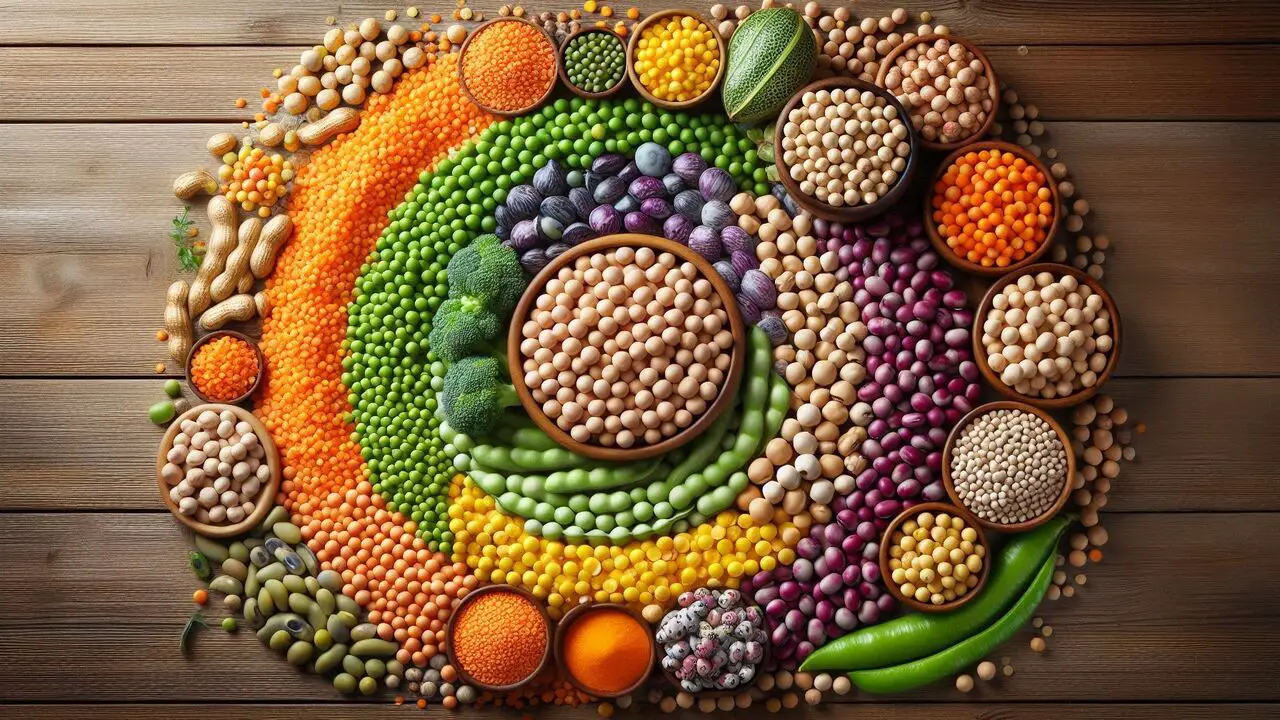
Beans, lentils, and kidney beans are excellent sources of non-heme iron, making them perfect for a plant-based diet. One cup of cooked lentils offers around 6.6 mg of iron, contributing to your daily intake. These legumes are also packed with fiber and B vitamins, supporting digestive health and energy levels. Regularly consuming legumes can help combat low iron levels and support healthy eating habits.
Dried Fruit:
Dried apricots and prunes pack a punch with iron and are easy snacks that contribute to your daily intake. They provide iron and essential nutrients that help prevent iron deficiency anemia. The natural sugars in dried fruit can offer a quick energy boost without the saturated fat found in many processed snacks. Just a handful can help maintain your iron stores throughout the day.
Pumpkin Seeds:

Just an ounce of these seeds offers about 2.5 mg of iron. They are also an excellent source of magnesium, which is vital for overall health and helps regulate blood sugar levels. Incorporating pumpkin seeds into your diet can improve iron absorption, especially when paired with vitamin C-rich foods. Their nutritious profile makes them a great addition to salads or as a healthy snack option.
Quinoa:
This nutritious grain contains 2.8 mg of iron per cooked cup. It’s a gluten-free option that’s high in protein and other nutrients, making it a great choice for healthy eating. Quinoa not only provides dietary iron but also offers a complete protein profile, ideal for plant-based diets. Additionally, it can be a delicious base for salads, providing a satisfying meal without the iron overload associated with red meat.
Dark Chocolate:
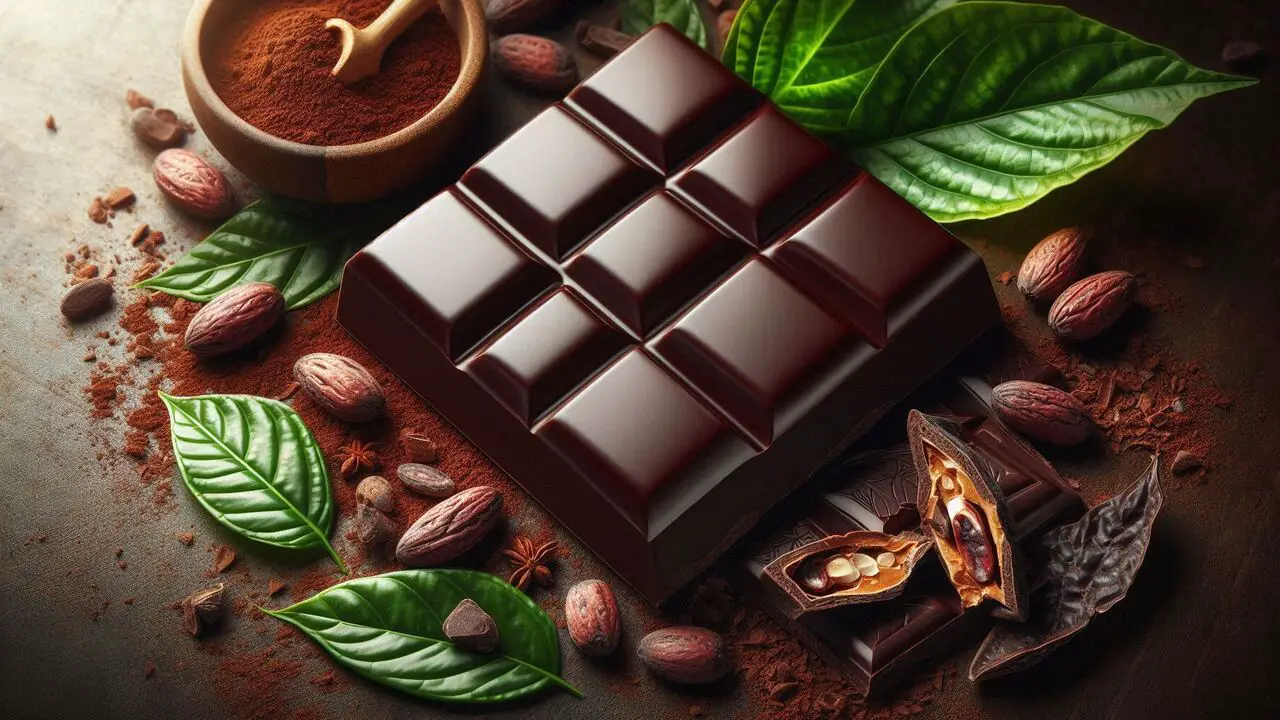
A delicious treat, dark chocolate contains about 3.4 mg of iron per ounce. Look for chocolate with at least 70% cocoa for the best health benefits. This sweet option also contains antioxidants and can improve heart health while satisfying your cravings. Pairing dark chocolate with nuts can enhance its iron content while avoiding processed ingredients that may contain unhealthy fats.
Spinach:
This leafy green provides around 2.7 mg of iron per cooked cup, making it an excellent vegetable choice for boosting iron intake. Pair it with vitamin C-rich foods, like citrus fruit, to significantly boost iron absorption. Spinach is also rich in antioxidants and has numerous health benefits. Including spinach in your diet can help manage iron stores and support overall wellness.
Fortified Foods:
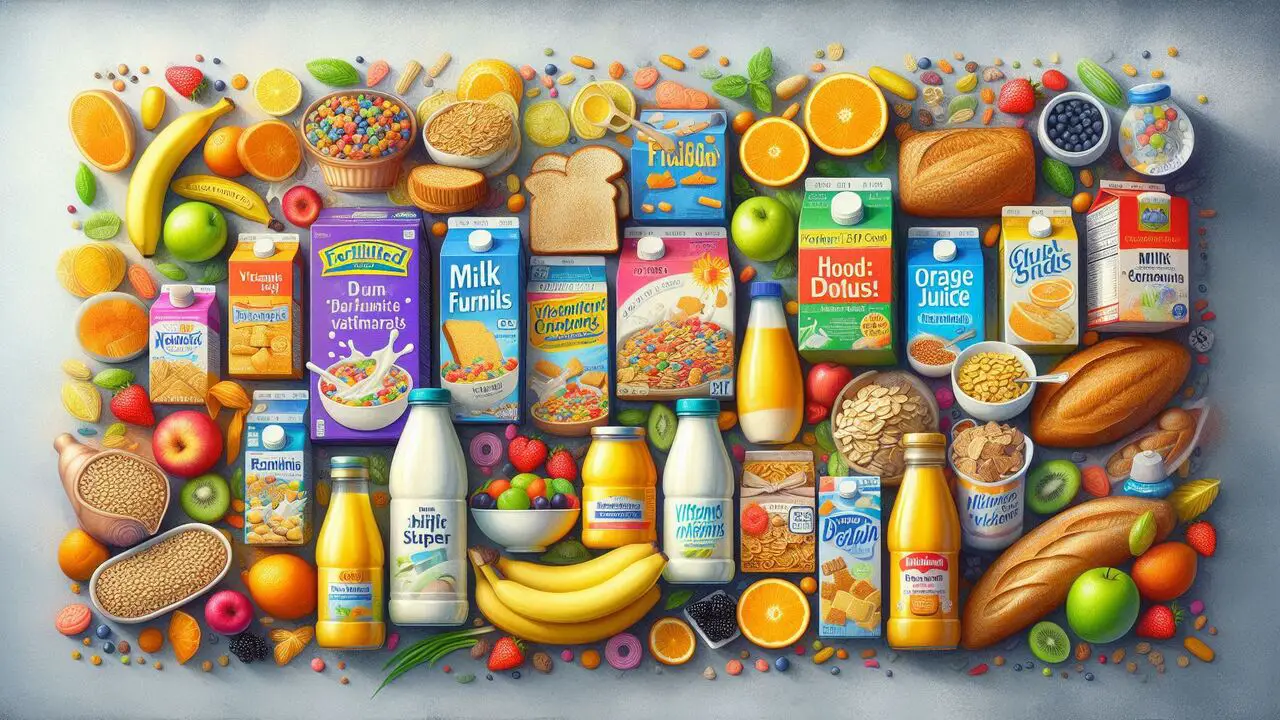
Many cereals and grains are fortified with iron, making them a convenient option for increasing dietary iron. Check labels to find options with higher iron content, which can be especially beneficial for those with low iron levels. Fortified foods can help combat iron deficiency anemia and are an easy addition to your breakfast routine. Look for options that are low in sugar and saturated fat for healthier eating.
Tofu:
Tofu is a versatile source of iron and a great addition to many dishes. A half-cup of tofu offers about 3.4 mg of iron, making it a valuable option for those looking to boost their iron intake. It’s also rich in protein, providing all essential amino acids, and contains isoflavones, which can support heart health and improve insulin sensitivity. Incorporating tofu into stir-fries, salads, or soups can enhance both flavor and nutrition.
Sweet Potatoes:

Sweet potatoes are not only delicious but also provide a good amount of iron along with vitamin A and fiber. Their natural sweetness makes them a versatile addition to various meals, from casseroles to salads, helping to enhance overall nutrient intake.
They are rich in antioxidants, which may promote better health and lower inflammation. Baking, roasting, or mashing sweet potatoes are great ways to enjoy their nutritional benefits while satisfying your taste buds.
Improving Iron Absorption
To enhance iron absorption, combine non-heme iron sources with vitamin C. Foods like bell peppers, oranges, and strawberries can help your body absorb more iron from meals.
Iron Deficiency And Health
Iron deficiency can lead to anemia. Symptoms include fatigue and weakness. If you suspect low iron levels, consider dietary changes or consult a healthcare provider about iron supplements.
Conclusion:
Plenty of delicious alternatives that can help you meet your iron needs. Quinoa, dark chocolate, spinach, and fortified foods also provide substantial amounts of iron while contributing additional vitamins and minerals vital for overall health.
By diversifying your diet with these iron-rich options, you can effectively combat low iron levels and reduce the risk of iron deficiency anemia. Embracing a variety of foods not only enhances your nutrient intake but also supports a balanced and healthy eating pattern
FAQs
1.What Foods Have More Iron Than Beef?
Organ meats, legumes, dried fruits, pumpkin seeds, and quinoa are examples of foods that provide more iron.
2.What Is The Difference Between Heme And Non-Heme Iron?
Heme iron is from animal sources and is better absorbed, while non-heme iron comes from plant sources and is less efficiently absorbed.
3.How Can I Improve Iron Absorption From Plant Foods?
Pair non-heme iron sources with vitamin C-rich foods like citrus fruits or bell peppers to enhance absorption.
4.What Are The Symptoms Of Iron Deficiency?
Symptoms can include fatigue, weakness, pale skin, and shortness of breath.
5.Should I Take Iron Supplements?
Consult a healthcare provider if you suspect low iron levels or have iron deficiency anemia before starting any supplements.


